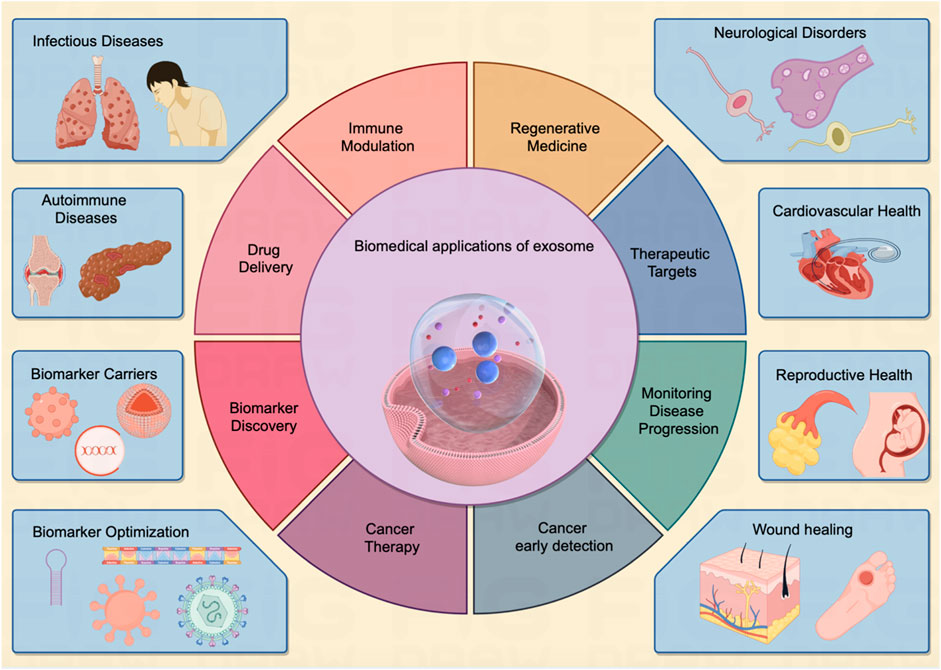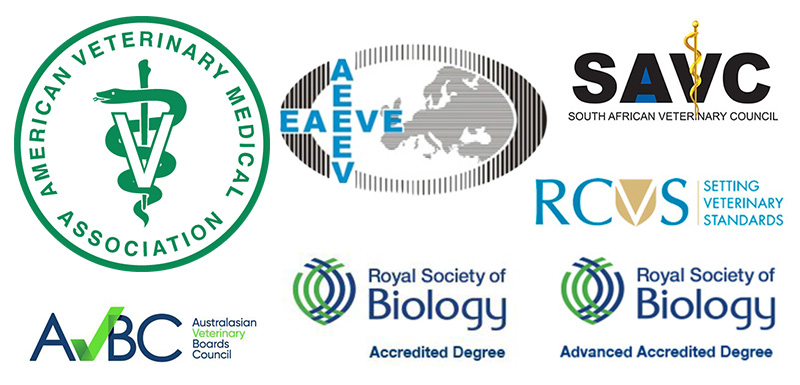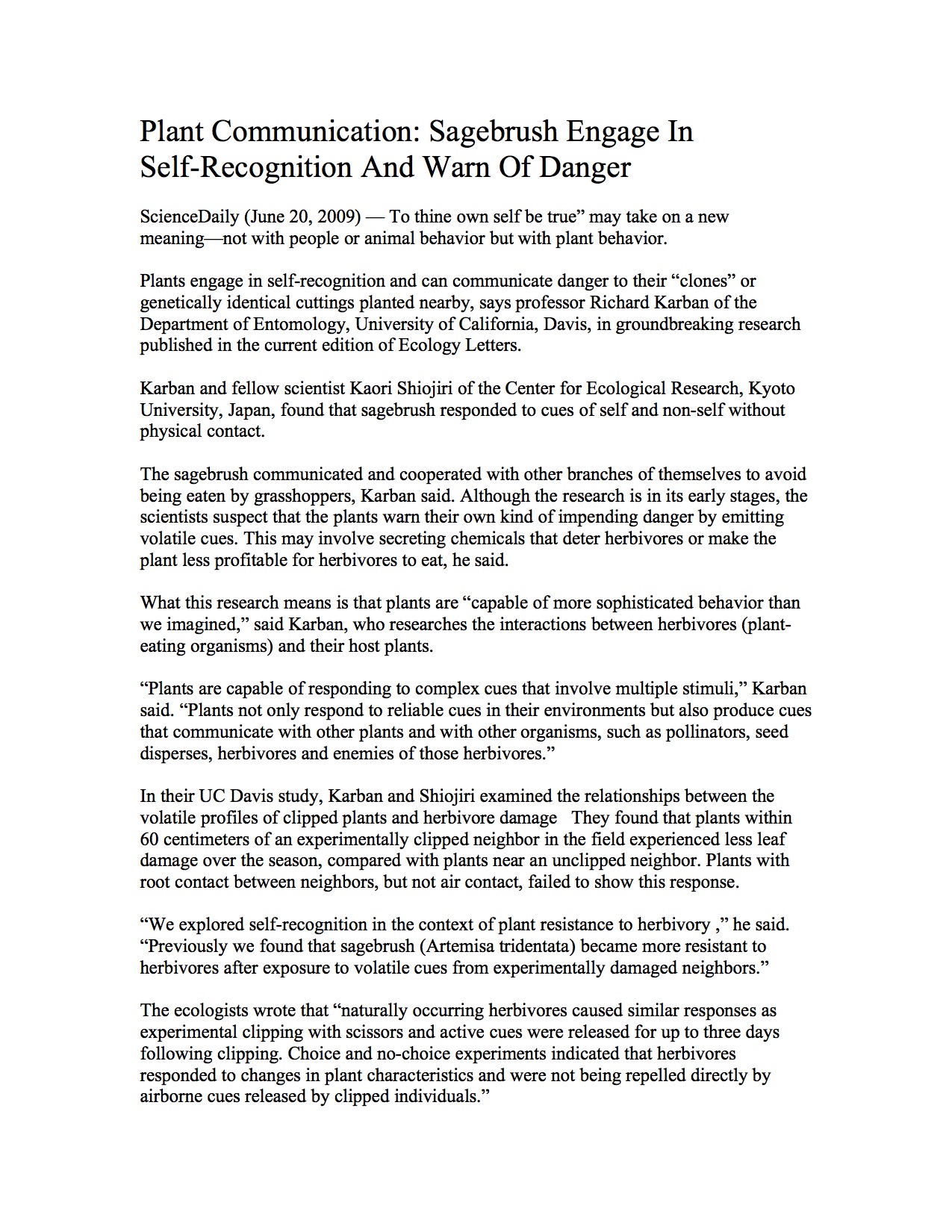A Report on Ant Colony Behaviors and Their Relevance to the Sustainable Development Goals
Introduction
Human cooperation, while notable, often relies on complex cognitive abilities and communication. In contrast, ant colonies demonstrate highly advanced cooperative behaviors on a massive scale, offering profound insights into decentralized systems and collective action. This report analyzes the sophisticated societal structures of ants, framing their behaviors within the context of the United Nations Sustainable Development Goals (SDGs) to highlight nature-based solutions to global challenges.
Ant Societies: A Model for SDG 17 (Partnerships for the Goals)
With an estimated population of 20 quadrillion, ants are among the planet’s most successful organisms. Their success is intrinsically linked to an ability to form complex, cooperative societies, which function as powerful examples of partnership and collective action, the core tenet of SDG 17.
The Power of Collective Intelligence
Ant colonies operate without central control, relying on collective intelligence to achieve complex tasks that benefit the entire community. This decentralized approach to problem-solving is a key lesson for building effective global partnerships.
- Cooperative Transport: Teams of ants mobilize to transport large food items efficiently back to the nest.
- Proactive Infrastructure Management: Longhorn crazy ants (Paratrechina longicornis) have been observed clearing paths in anticipation of a moving object, demonstrating foresight and coordinated preparation.
Comparative Analysis of Cooperative Efficiency
An experiment comparing the performance of longhorn crazy ants and humans in moving objects through confined spaces revealed the superior efficiency of the ants’ collective system. When human communication was restricted, performance declined as group size increased. In contrast, ant performance improved with larger groups, underscoring how their innate cooperation is a robust model for scaling collaborative efforts, directly aligning with the aims of SDG 17.
Sustainable Food Systems: Lessons from Ant Agriculture for SDG 2, SDG 12, and SDG 15
Long before human civilization, ants developed sophisticated agricultural systems that ensure food security for millions of individuals within a colony. These practices offer time-tested models for achieving SDG 2 (Zero Hunger), SDG 12 (Responsible Consumption and Production), and SDG 15 (Life on Land).
Advanced Fungiculture and Responsible Production (SDG 12)
Leaf-cutter ants (Atta and Acromyrmex) began practicing large-scale agriculture approximately 55 million years ago. Their system represents a closed-loop, sustainable model of production.
- Resource Collection: Ants cut and transport fresh leaves to their nests.
- Fungus Cultivation: The leaves are used not as food, but as a substrate to cultivate a specific fungus, which is the colony’s primary food source.
- Biological Pest Control: To protect their crops, worker ants patrol the fungus gardens and apply natural antibiotics, produced by bacteria living on their bodies, to infected areas. This avoids chemical contamination and promotes a healthy ecosystem, a key target of SDG 12.
Animal Husbandry and Food Security (SDG 2 & SDG 15)
Many ant species engage in a form of animal husbandry that enhances their food security and demonstrates a symbiotic relationship vital for biodiversity.
- Farming Sap-Sucking Insects: Ants “farm” aphids and other insects, protecting them from predators like ladybirds.
- Mutualistic Exchange: In return for protection, the ants harvest the sugary honeydew excreted by the insects, securing a reliable and energy-rich food source.
- Generational Knowledge Transfer: Fossil evidence shows that queen ants have carried these insects on nuptial flights to establish new colonies for up to 20 million years, ensuring the continuation of this sustainable food system and highlighting a deep, co-evolutionary relationship that supports life on land (SDG 15).
Colonial Healthcare Systems: A Framework for SDG 3 (Good Health and Well-being)
Ants have evolved sophisticated medical practices to maintain the health of the colony, providing a natural model for the principles of universal health coverage and well-being outlined in SDG 3.
Emergency Medical Interventions
When colony members are injured or infected, other ants provide immediate and effective care.
- Surgical Procedures: Florida carpenter ants (Camponotus floridanus) will amputate the damaged limbs of nest-mates injured in battle to prevent the spread of infection, significantly increasing survival rates.
- Wound Care and Treatment: Certain species can diagnose infections in wounds, subsequently cleaning them and applying antimicrobial secretions from specialized glands. This system of diagnosis and treatment mirrors advanced healthcare practices.
Bio-Inspired Innovation for Resilient Infrastructure (SDG 9 and SDG 11)
Ants are master builders, creating dynamic and resilient structures that offer inspiration for SDG 9 (Industry, Innovation, and Infrastructure) and SDG 11 (Sustainable Cities and Communities).
Living Architecture and Innovative Construction (SDG 9)
Several ant species use their own bodies as building materials, creating adaptable and cost-effective infrastructure.
- Army Ants (Eciton burchellii): These ants form living bridges to cross gaps, scaffolds to navigate steep terrain, and even entire temporary nests (bivouacs) from their interlinked bodies.
- Weaver Ants (Oecophylla smaragdina): Workers form chains to pull leaves together and then use silk produced by their larvae to glue the leaves into a secure nest, demonstrating an innovative use of multi-generational resources.
Climate Adaptation and Community Resilience (SDG 11)
The invasive success of fire ants (Solenopsis invicta) is partly due to their remarkable ability to adapt to environmental disasters, a key component of building resilient communities under SDG 11. When their nests are flooded, the entire colony links together to form a massive, buoyant raft. This living structure, which uses larvae at its base for added buoyancy, can float on floodwaters for extended periods, allowing the community to survive and relocate to dry land.
Conclusion: Applying Lessons from Ant Colonies to Human Sustainability Challenges
The complex societies of ants demonstrate that nature has already solved many of the challenges addressed by the Sustainable Development Goals. Through collective action (SDG 17), sustainable agriculture (SDG 2, 12, 15), communal healthcare (SDG 3), and resilient infrastructure (SDG 9, 11), ants provide powerful, bio-inspired models for human innovation. By studying these highly successful and sustainable systems, humanity can gain valuable insights for building a more resilient and equitable future.
Which SDGs are addressed or connected to the issues highlighted in the article?
The article discusses several issues and concepts that can be connected to the following Sustainable Development Goals (SDGs):
- SDG 2: Zero Hunger – The article details the advanced agricultural practices of ants, such as fungus farming and using biological pest control, which relate to sustainable food production.
- SDG 3: Good Health and Well-being – It describes the sophisticated medical care systems within ant colonies, including treating wounds and preventing the spread of infection, which parallels human health systems.
- SDG 9: Industry, Innovation and Infrastructure – The text highlights the master building and engineering feats of various ant species, who create resilient and innovative structures like living bridges and rafts.
- SDG 11: Sustainable Cities and Communities – The article touches upon community resilience to natural disasters, specifically how fire ants adapt to survive flooding.
- SDG 15: Life on Land – It discusses ants as a key part of terrestrial biodiversity and also addresses the problem of invasive species, explicitly mentioning fire ants.
- SDG 17: Partnerships for the Goals – The core theme of the article is the power of cooperation and collective action, which is the essence of this goal, presenting ant colonies as a model of effective partnership.
What specific targets under those SDGs can be identified based on the article’s content?
-
SDG 2: Zero Hunger
- Target 2.4: “By 2030, ensure sustainable food production systems and implement resilient agricultural practices…” This target is relevant because the article describes how leaf-cutter ants “evolved to undertake large-scale agriculture about 55 million years ago.” Their method of farming fungus and using biological pest control is a prime example of a sustainable and resilient agricultural practice.
-
SDG 3: Good Health and Well-being
- Target 3.d: “Strengthen the capacity of all countries… for early warning, risk reduction and management of national and global health risks.” This is connected to the section “Ant medicine,” which explains how some ants “can also detect infection and treat infected wounds” and amputate limbs “to prevent infection from spreading.” This represents a system of health risk reduction and management for the colony.
-
SDG 9: Industry, Innovation and Infrastructure
- Target 9.1: “Develop quality, reliable, sustainable and resilient infrastructure…” The article’s section on “Master builders” directly relates to this target. It describes how army ants “join their bodies together to form structures” like bridges and scaffolds, demonstrating innovative, sustainable, and resilient infrastructure.
-
SDG 11: Sustainable Cities and Communities
- Target 11.5: “By 2030, significantly reduce the number of deaths and… losses… caused by disasters, including water-related disasters…” This target is addressed by the example of fire ants. The article states that when their nests are flooded, “the ants join together into a huge raft” that “can ride floodwaters in safety.” This is a direct strategy for resilience against water-related disasters.
-
SDG 15: Life on Land
- Target 15.8: “By 2020, introduce measures to prevent the introduction and significantly reduce the impact of invasive alien species on land and water ecosystems…” The article explicitly identifies fire ants (Solenopsis invicta) as a “major pest species” and notes their “invasive success,” directly highlighting the issue of invasive alien species.
-
SDG 17: Partnerships for the Goals
- Target 17.17: “Encourage and promote effective… partnerships…” The entire article uses the cooperative nature of ant colonies as a model for effective partnership. The experiment mentioned, where “Ants performed better in larger groups… In contrast, human performance did not improve,” underscores the power of their collective action, which is the foundation of effective partnerships.
Are there any indicators mentioned or implied in the article that can be used to measure progress towards the identified targets?
The article provides several examples that can serve as qualitative or quantitative indicators for the identified targets:
-
For SDG 2 (Target 2.4 – Sustainable Agriculture):
- Indicator: The use of biological pest control. The article mentions that leaf-cutter ants “apply antibiotics produced by bacteria that live on their bodies” to protect their fungus gardens from infection. This is a measurable, sustainable agricultural practice.
- Indicator: The longevity and scale of the agricultural system. The article notes that this practice evolved “about 55 million years ago” and can “feed colonies with populations in the millions,” indicating a highly resilient and productive system.
-
For SDG 3 (Target 3.d – Health Risk Management):
- Indicator: Survival rates post-intervention. The article states, “Ants receiving this battlefield care are more likely to survive than ants left untreated,” which is a direct measure of the effectiveness of their medical care.
- Indicator: Application of treatments. The act of “cleaning them and applying antimicrobial secretions from specialised glands” is an observable indicator of a health management system in action.
-
For SDG 9 (Target 9.1 – Resilient Infrastructure):
- Indicator: The creation and function of living structures. The formation of “bridges across gaps,” “scaffolds across steep terrain,” and “rope ladders to span vertical gaps” are tangible indicators of innovative infrastructure development.
-
For SDG 11 (Target 11.5 – Disaster Risk Reduction):
- Indicator: The successful deployment of disaster adaptation measures. The formation of a “huge raft which floats on a layer of buoyant larvae” during floods is a specific, measurable response to a water-related disaster. The ability of these rafts to travel “for hundreds of kilometres” indicates the effectiveness of the strategy.
-
For SDG 15 (Target 15.8 – Invasive Species):
- Indicator: The identification and impact of an invasive species. The article’s classification of fire ants as a “major pest species” and a description of their “invasive success” serves as an indicator for this target.
-
For SDG 17 (Target 17.17 – Effective Partnerships):
- Indicator: The efficiency of collective action. The result of the experiment where “Ants performed better in larger groups compared to smaller ones” while human performance declined is a clear indicator of the effectiveness of their cooperative model.
Table of SDGs, Targets, and Indicators
| SDGs | Targets | Indicators |
|---|---|---|
| SDG 2: Zero Hunger | Target 2.4: Ensure sustainable food production systems and implement resilient agricultural practices. | – Use of biological pest control (applying antibiotics to fungus crops). – Longevity (55 million years) and scale (millions of individuals) of the agricultural system. |
| SDG 3: Good Health and Well-being | Target 3.d: Strengthen capacity for early warning, risk reduction and management of health risks. | – Increased survival rate of ants receiving medical care (amputation). – Application of antimicrobial secretions to infected wounds. |
| SDG 9: Industry, Innovation and Infrastructure | Target 9.1: Develop quality, reliable, sustainable and resilient infrastructure. | – Construction of living infrastructure such as bridges, scaffolds, and ladders from their own bodies. – Daily rebuilding of entire nests by army ants. |
| SDG 11: Sustainable Cities and Communities | Target 11.5: Reduce deaths and losses from disasters, including water-related disasters. | – Formation of rafts from their bodies to survive floods. – Ability to float safely for hundreds of kilometers on these rafts. |
| SDG 15: Life on Land | Target 15.8: Reduce the impact of invasive alien species. | – Identification of fire ants as a “major pest species” with “invasive success.” |
| SDG 17: Partnerships for the Goals | Target 17.17: Encourage and promote effective partnerships. | – Experimental results showing ant group performance improves with size, demonstrating effective collective action. |
Source: theconversation.com







